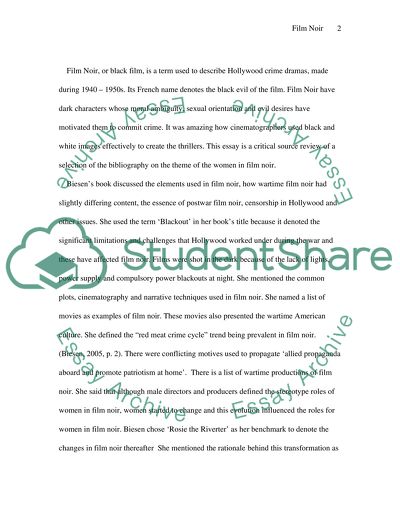Cite this document
(“Critical Bibliography: Women in Film Noir Essay”, n.d.)
Retrieved from https://studentshare.org/literature/1539607-critical-bibliography-women-in-film-noir
Retrieved from https://studentshare.org/literature/1539607-critical-bibliography-women-in-film-noir
(Critical Bibliography: Women in Film Noir Essay)
https://studentshare.org/literature/1539607-critical-bibliography-women-in-film-noir.
https://studentshare.org/literature/1539607-critical-bibliography-women-in-film-noir.
“Critical Bibliography: Women in Film Noir Essay”, n.d. https://studentshare.org/literature/1539607-critical-bibliography-women-in-film-noir.


